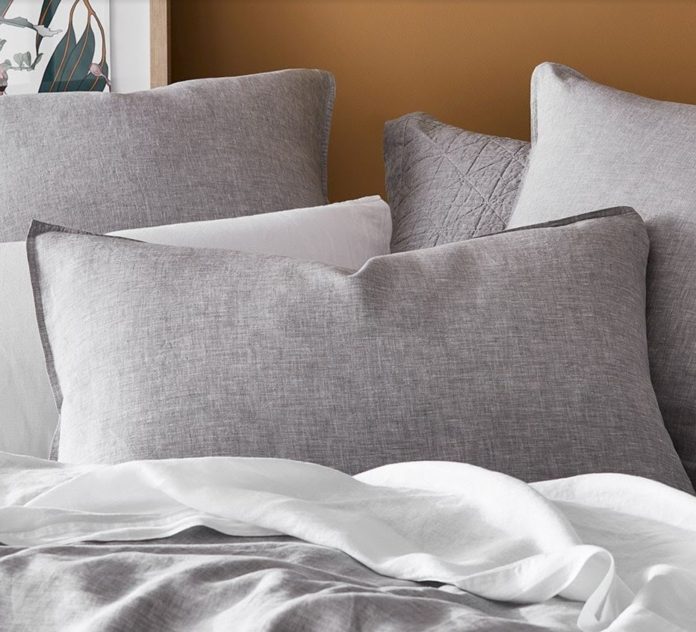Introduction: Few things in life rival the exquisite pleasure of slipping into a freshly made bed after a long day. With the world’s recent unpredictable rhythms and lockdowns, many of us find ourselves cherishing these moments of comfort and solace more than ever before. Working from home in your cozy haven, where you can roll out of bed right into your job, certainly has its advantages.
While you might dedicate time to select the perfect sheets and comforters, have you ever considered that the unsung hero of your bedding ensemble is your pillow? It’s true; the type of pillow you choose can make or break your entire sleep experience. However, there’s one crucial companion to your pillow that often goes overlooked – the pillowcase. We’re here to ensure that you don’t overlook this vital component.
Exploring Pillowcase Materials:
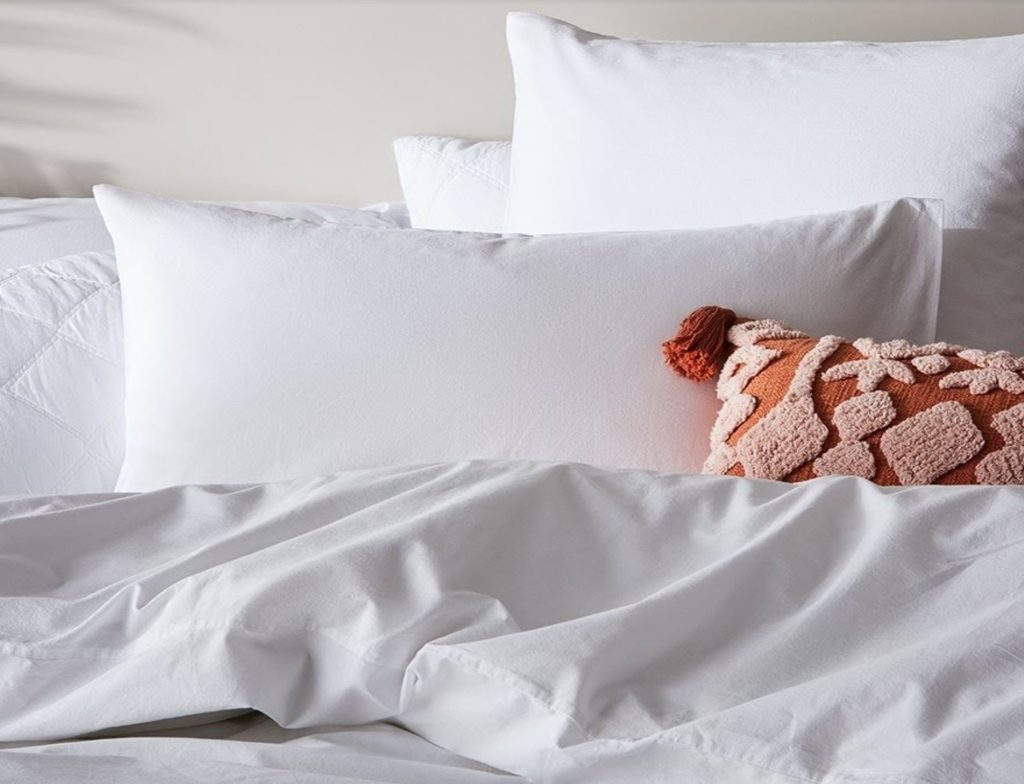
The material you select for your pillowcase can significantly influence your overall comfort. Let’s dive into the major options available:
- Cotton:
Unsurprisingly, cotton tops our list for its natural, soft, and breathable qualities. Lightweight and airy, cotton allows for excellent air circulation, aiding in temperature regulation. Moreover, its superb moisture-wicking properties keep your skin dry and comfortable. Cotton pillowcases are also non-irritating and hypoallergenic, reducing the risk of skin issues and allergies. Additionally, cotton helps remove excess oils from your hair, promoting blood circulation to the scalp and contributing to healthier, thicker locks.
- Linen:
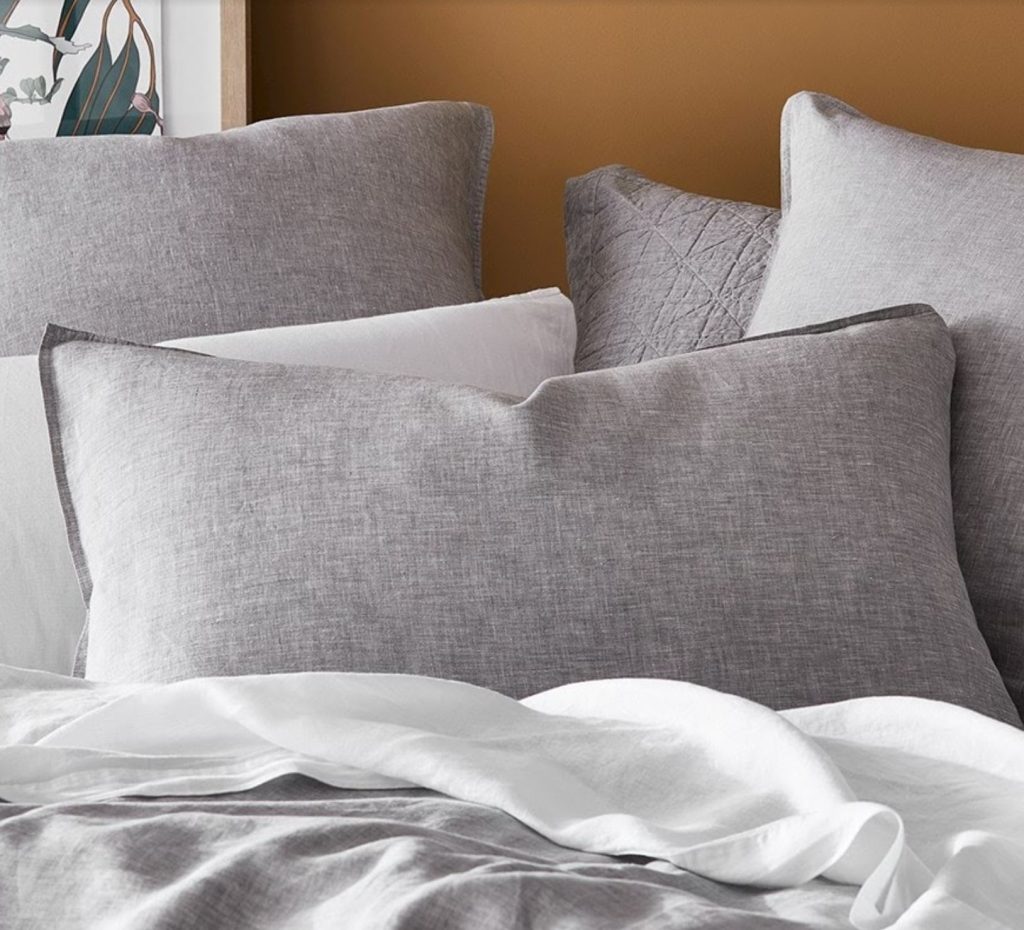
Linen shares cotton’s non-allergenic and soothing attributes but brings added resilience and durability to the table. Thanks to its insulating capabilities, linen ensures your body maintains a comfortable temperature throughout the night. An extra benefit is its anti-static feature, ensuring you wake up with smoother, more manageable hair.
- Silk:
Silk pillowcases offer a luxurious, silky-smooth feel against your skin. This naturally temperature-regulating material prevents excessive sweating while keeping your skin and hair adequately hydrated. Silk also helps reduce the risk of facial creases and wrinkles caused by constant tossing and turning. Additionally, it prevents hair from becoming frizzy and tangled, leading to stronger, less brittle locks.
- Satin:
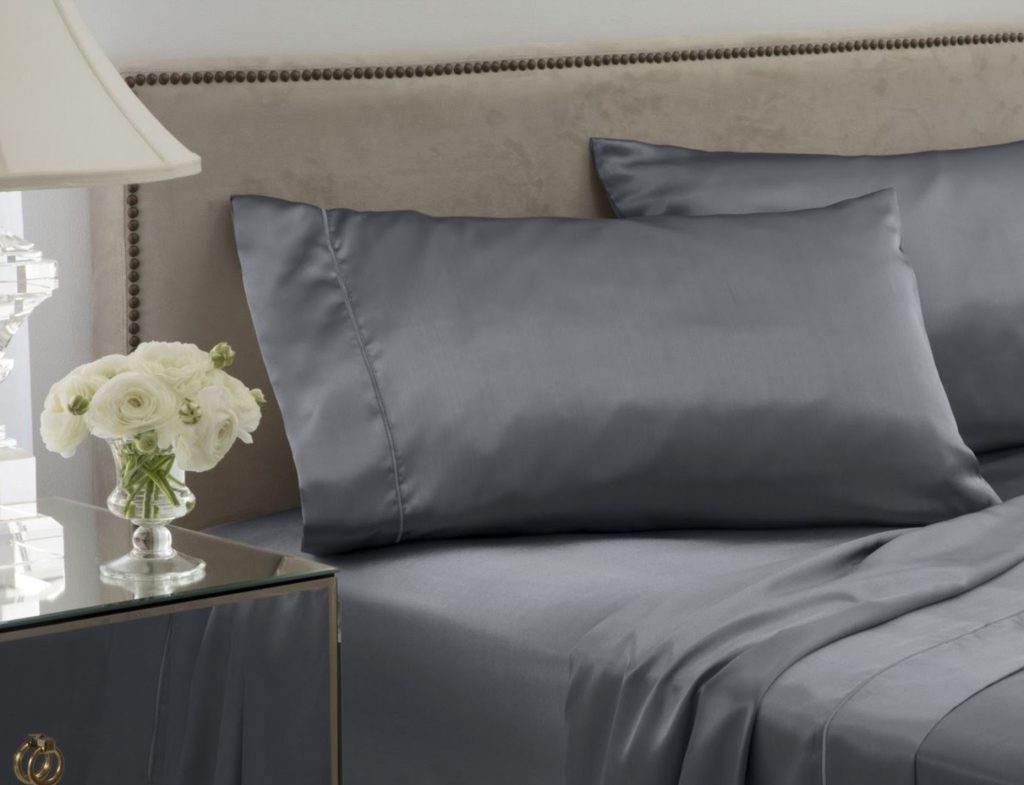
Satin pillowcases allow your pores to breathe freely, reducing the likelihood of breakouts and acne. They excel at trapping moisture, keeping your skin and hair well-hydrated, a boon for those with dry or flaky skin. Despite their delicate appearance, satin pillowcases can endure frequent use and remain in excellent condition.
Choosing the Perfect Pillowcase:
Now that you’re familiar with the materials, let’s consider other factors that should influence your decision:
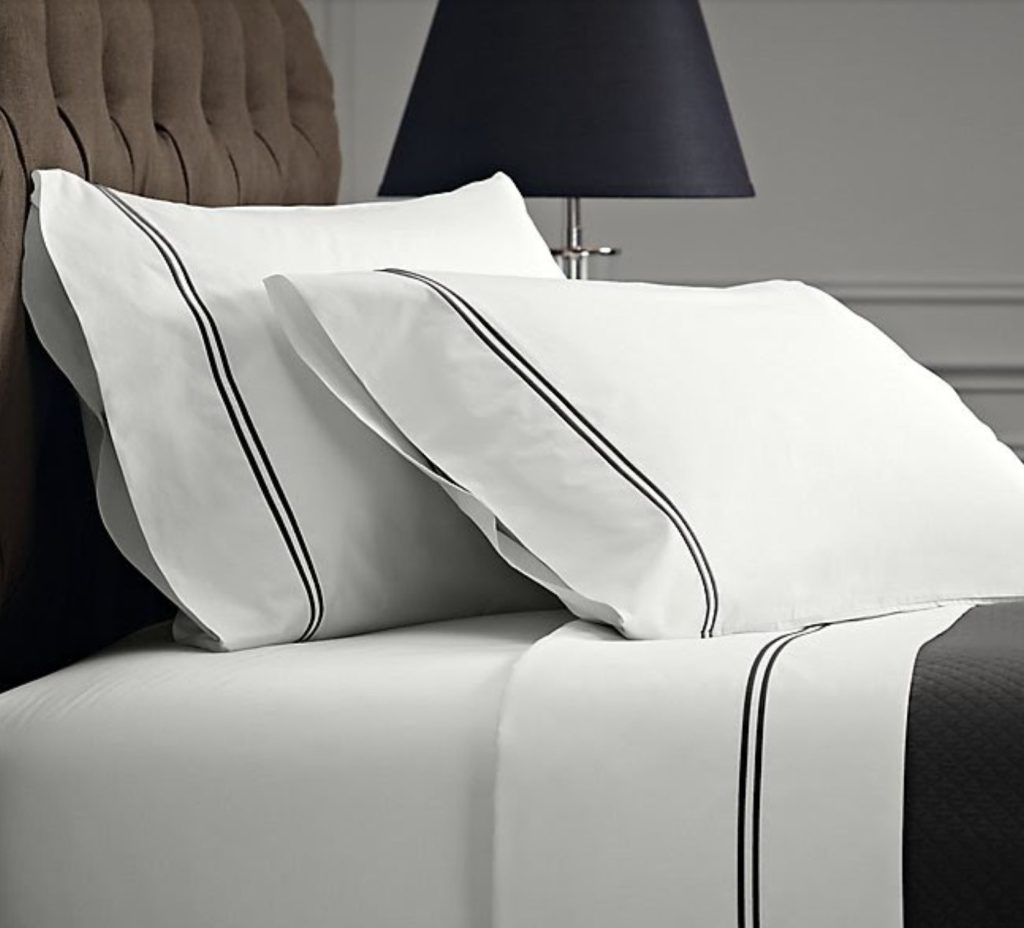
Size: Pillowcase sizes vary, so measure your pillow to ensure a proper fit. The most common size in Australia is 48×74 cm, but finding the right fit is crucial for your comfort.
Thread Count: Thread count indicates the fabric’s coarseness, with higher counts often associated with luxury. For everyday use, a thread count of 150-200 should suffice. Going higher is a matter of preference.
Closures: Pillowcases come with various closure options, including zippers, buttons, fabric overlaps, and decorative ties. Choose the one that suits your style and convenience; all are designed for lasting use.
Maintenance:
Typically, it’s advisable to wash your pillowcase every 5-7 days, or at least once a week. Neglecting regular washing can lead to breakouts and skin irritations. Don’t compromise on your well-deserved sleep comfort.
Conclusion:
Your journey to ultimate bedtime bliss includes selecting the perfect pillowcase. Material, size, thread count, and closure style are crucial considerations. Regular washing ensures a clean and healthy sleep environment. Elevate your sleep experience by giving your pillowcase the attention it deserves, and you’ll enjoy restful nights like never before.
image source : homemaking

